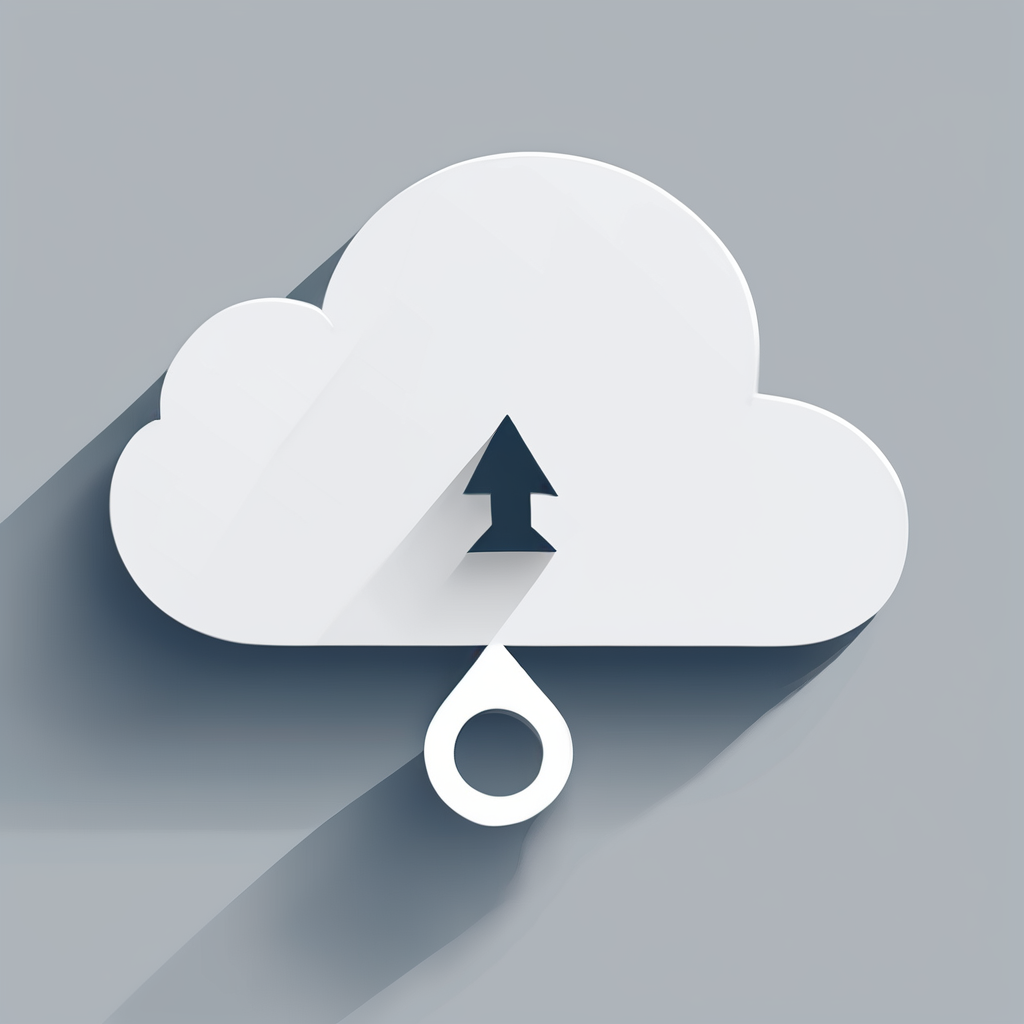In the fast-paced world of digital marketing, A/B testing is an invaluable tool that empowers businesses to make data-driven decisions. When it comes to optimizing landing pages for higher conversions, A/B testing offers a systematic approach to understanding what works best for engaging your visitors. Through careful experimentation, you can tweak elements of your pages, enhancing user experience and boosting your conversion rates. This article delves into the intricacies of A/B testing, providing you with insights to leverage this tool effectively.
Understanding the Mechanics of A/B Testing
A/B testing, also known as split testing, is a method of comparing two versions of a webpage to determine which one performs better. By dividing your traffic between two versions, you can observe the effects of specific changes on user behavior and identify the most effective elements.
Also read : What are the benefits of creating a community around a brand in social media marketing?
How A/B Testing Works
The process begins by identifying the parts of your landing page that need improvement. These could include headlines, images, call-to-action buttons, or user navigation paths. You then create two versions: version A (the original) and version B (the modified). As users interact with both versions, their actions are tracked and analyzed to gauge which version yields a higher conversion rate.
Importance of A/B Testing
A/B testing provides empirical evidence of what resonates with your audience. It allows you to make informed decisions rather than relying on assumptions or gut feelings. By testing one element at a time, you can accurately attribute any changes in conversion rates to specific modifications.
Also to see : Create engaging videos effortlessly with an online video maker
Practical Example
Consider a scenario where a company wants to test whether a button color change improves conversions. By directing half the visitors to the original page with a blue button and the other half to a page with a green button, the company can observe which color prompts more users to complete a desired action.
Key Elements to Test on Your Landing Page
To fully exploit the potential of A/B testing, it’s crucial to identify which elements of your landing page to test. While nearly every component can be optimized, some areas often have a more significant impact on conversion rates.
Headlines
Headlines are the first point of contact between your page and the user. They should be compelling and clearly communicate the value of your offer. Test different headline versions to see which one garners more attention and engagement.
Call-to-Actions (CTAs)
CTAs guide users towards the next action you want them to take, whether it’s signing up for a newsletter or purchasing a product. Experiment with different wording, colors, and placements to determine the most effective approach.
Visuals and Layout
Images and page layout significantly influence user engagement. Test varying image types, sizes, and page layouts to find the combination that holds visitors’ attention and encourages conversion.
Forms
For landing pages that incorporate forms, reducing the number of fields can often lead to higher conversions. Test different form lengths and configurations to find a balance between gathering necessary information and ensuring user convenience.
Analyzing Results and Implementing Changes
Once you’ve conducted your A/B tests, analyzing the collected data is crucial to making informed decisions. The ultimate goal is to use these insights to optimize your landing page for better conversion rates.
Interpreting A/B Test Results
Analyze the performance metrics such as click-through rates, bounce rates, and time spent on the page. Look for clear patterns or trends that suggest one version significantly outperforms the other. It’s essential to have a statistically significant number of visitors to validate your findings.
Implementing Changes
After identifying the winning version, implement those changes across your landing page. Ensure that the adjustments are consistent with your overall marketing strategy and brand image.
Continuous Testing for Improvement
The digital landscape is ever-evolving, making continuous testing a cornerstone of successful marketing strategies. Regularly conducting A/B tests allows you to stay ahead of changes in user preferences and behaviors, ensuring sustained growth in conversion rates over time.
Challenges and Best Practices in A/B Testing
While A/B testing is a powerful tool for optimization, it comes with its challenges. Understanding these hurdles and adhering to best practices can enhance the effectiveness of your tests.
Common Challenges
- Insufficient Sample Size: Ensuring you have a large enough sample size is crucial to deriving meaningful results.
- Testing Too Many Variables: Testing multiple changes simultaneously can complicate results, making it difficult to attribute outcomes to specific modifications.
- Bias Issues: Be wary of external factors that might skew your results, such as seasonal trends or traffic spikes.
Best Practices
- Hypothesis-Driven Testing: Define a clear hypothesis for why a specific change might lead to better conversion rates.
- Prioritization: Focus on testing elements that have the potential to impact the user experience significantly.
- Detailed Documentation: Keep meticulous records of your A/B tests, including versions tested, elements changed, and results obtained.
By understanding both the potential pitfalls and best practices of A/B testing, you can leverage this tool to achieve meaningful improvements.
In harnessing the power of A/B testing, you open doors to a wealth of insights that can guide your optimization efforts. By making informed changes to your landing pages, you can improve user engagement and drive higher conversion rates. Remember, the key to successful A/B testing lies in systematic planning, meticulous execution, and continuous adaptation to evolving user preferences. As you implement these strategies, you’ll not only enhance your landing pages but also create a more satisfying experience for your visitors. Through A/B testing, you gain the capability to transform your landing page into a powerful tool for achieving your business objectives.











